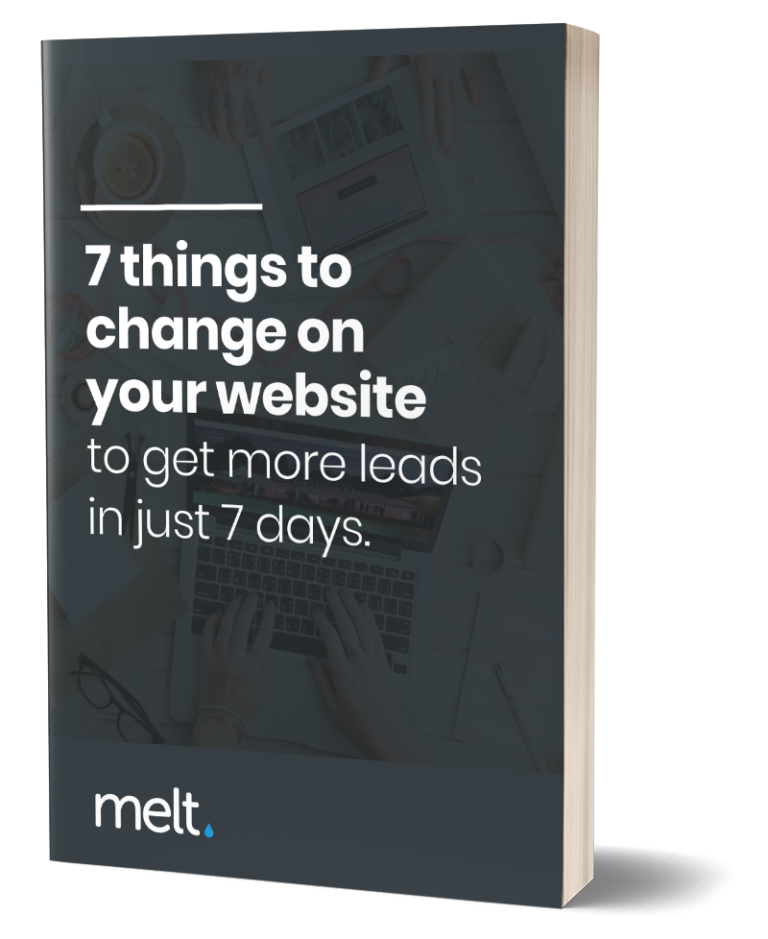Pop-ups have a bad rap. Probably because, for the most part, they’re really annoying. Imagine you’re shopping – browsing the items and enjoying the process, when, all of a sudden, a sales assistant springs from nowhere and starts pestering you to sign up to this, or leave your details for that.
It’s like that scene in Love Actually, where Alan Rickman’s character is trying to discreetly buy a necklace, but Rowan Atkinson’s persistence as the sales associate makes the transaction frustrating and slow.
So, if pop-ups annoy your customers, are they a bad idea? Or is there a way to create a pop-up that doesn’t immediately get closed?
What Is A Pop-Up?
In case you think we’re talking about a fun type of book, let’s first establish what we mean by a pop-up. Pop-ups in the website world are boxes of information that appear, overlaying your web page.
Each pop-up has a different purpose, and some of the most common uses are;
Cookies
Since 2009, websites have been required to gain users’ consent to keep cookies. This forms part of your GDPR compliance and is a legal obligation if you store user data. The first pop-up most of us encounter is one asking if you consent to your cookie data being saved by the website. It’s so common nowadays, that most people click ‘yes’ without reading the information.
Sign Ups
The second most frequently used pop-up collects personal information, like names and emails (so you absolutely must have a cookie consent one if you have this!).

Discover where your website is holding you back with a free, personalized audit report. Uncover what's keeping your site from reaching its full potential and start taking action today!
Lead Bait
Lead bait sounds a bit gross. Ingenuine, almost. But it’s not always. Lead bait refers to the incentive you offer users to sign up for your newsletter, website or community. It can be a discount on their first purchase, a free download with actual value, or a service trial.
Announcements
A pop-up can be the town crier for your business. Had a customer policy change? Got a new product? Introducing a new employee? Closing for Christmas? A pop-up is a simple way to make sure everyone gets the chance to read your information – as long as your pop-up isn’t closed that is…
Abandoned Cart
If you have an e-commerce website, you’ll know the pain of an abandoned cart. Your customer has gone to the trouble of browsing and adding items to their cart – and then gone dormant. Did they find a better offer? Get bored or distracted? Are they checking their balance before committing? Whatever it is, a pop-up can give you an opportunity to entice them back to complete the order. Whether you give them a discount, offer free delivery or add in a free gift – you can reengage your users easily.
Why Do People Close Your Pop-Up?
If you have an existing pop-up that isn’t getting traction, then it could be because it provides a poor user experience. User experience (or UX in the website world) should be one of your main considerations when it comes to designing your website. It means understanding consumer behaviour, thinking about a user’s journey and the points of interaction your site offers.
It can seem fluffy and unimportant when all you want is a live website ready to take orders, but it really isn’t. It’s the difference between the cha-ching of your checkout and the quick back click of an uninterested or confused buyer.
So, what makes a pop-up flop?
Too Soon
Like with real-life shopping, if you’re jumped on the second your step through the door, you can feel hustled and pressured. It’s off-putting. If you have a pop-up appear within the first seconds of someone landing on your website, they don’t know enough about you to make an informed choice. Your giveaway or discount could be incredible, but people know the value in their data – and they’re not going to hand it out willy-nilly.
Too Much
Got a lot to say? Post a blog. Pop-ups are for short, succinct content. You can make your announcement, but it needs to be distilled into something that can be scanned quickly. Link to a blog or info page if you need to, but don’t overload your pop-up. Ain’t nobody got time for that.
Bad Timing
Now, this is a tricky one. Timing is EVERYTHING. As we already covered, too soon is bad. But so is mid-action, or worse still, too late. There’s an art to understanding how a user travels through your website, and it’s something that takes time and comprehension to understand.
Bad Design
Design is a skill. Sure, lots of people can make something look nice, but can it combine the essential elements that make a design compelling? Poor layout, rubbish imagery and badly written copy mean your pop-up is likely to get ignored.
So, Can You Make A Pop-Up Work?
You’d be forgiven for thinking that pop-ups are best avoided – but that’s not the case. A GOOD pop-up will do wonders for your business, bringing you new leads, incentivising purchases and helping you create lasting relationships with your customers.
The Ingredients For A Poppin’ Pop-Up
Here’s the juicy bit. This is how you can make a pop-up that won’t get closed right away.
Time It Right
So, an immediate pop-up is bad – when is good then? After about 30 seconds is thought to be best for your first pop-up. Your user has had a chance to look over the home page, maybe click an item or service and feel comfortable that they’re in the right place. THEN you can hit them with an enticing offer. They’ll be more inclined to want to hear about it.
And with other pop-ups on your site, try looking at a heatmap to see your user’s activity. Heatmaps show where people click and view your website and in what order they see things. This can help you plan what pop-ups occur and when.
Write Right
Pop-ups can be a bit of an afterthought when it comes to writing their content. But don’t fall into this trap! A pop-up is a strong call to action, and if you mess it up, you could lose a customer for good. The copy should be short and compelling. The most common techniques include;
- Creating FOMO (fear of missing out) to leverage quick action
- Personal touches to make a user feel welcome
- Overcome common objections – price, time, hassle – find words to assuage their concerns
Testing, Testing
The beauty of a pop-up is how easy they are to change. So to find your perfect formula, we recommend trying out different pop-ups to see what works. Split testing gives your real-life insight into how they track, so when you’re working on your pop-ups, come up with a couple of ideas for each pop-up you want.
Honing and fine-tuning your pop-ups using data means that you’ll have far greater success.
Pop-Ups: They Have A Place
Pop-ups are a good tool for your website but they need to be done well to work. Creating a pop-up takes skill and a certain amount of understanding of data. If this is a little daunting, then calling in the experts can take the stress away.
We’re happy to talk to you about your pop-ups – we’ll even review your website to see what else can be done to optimise it. Just get in touch to arrange a call.

